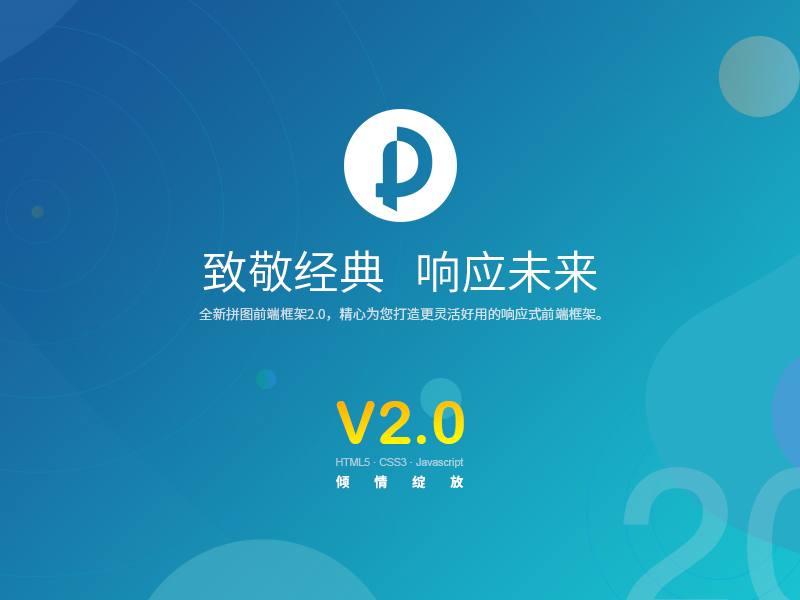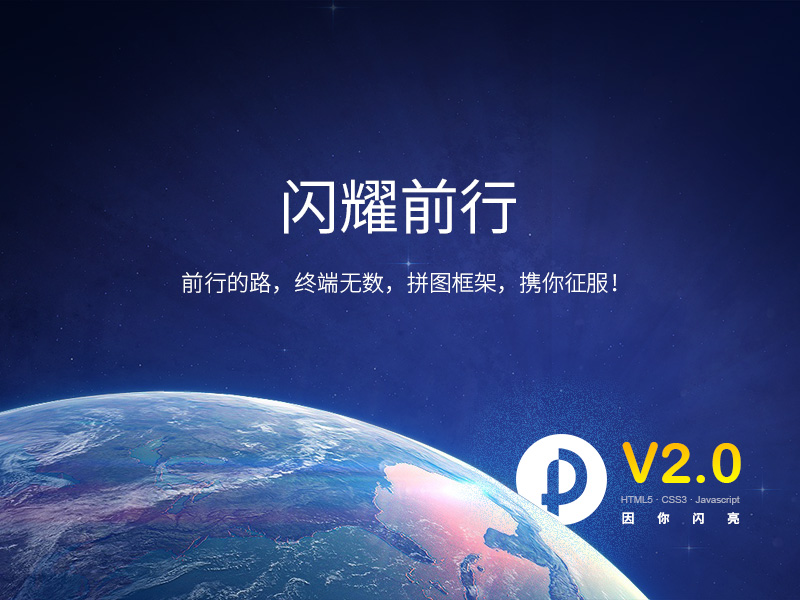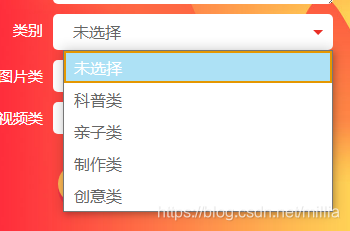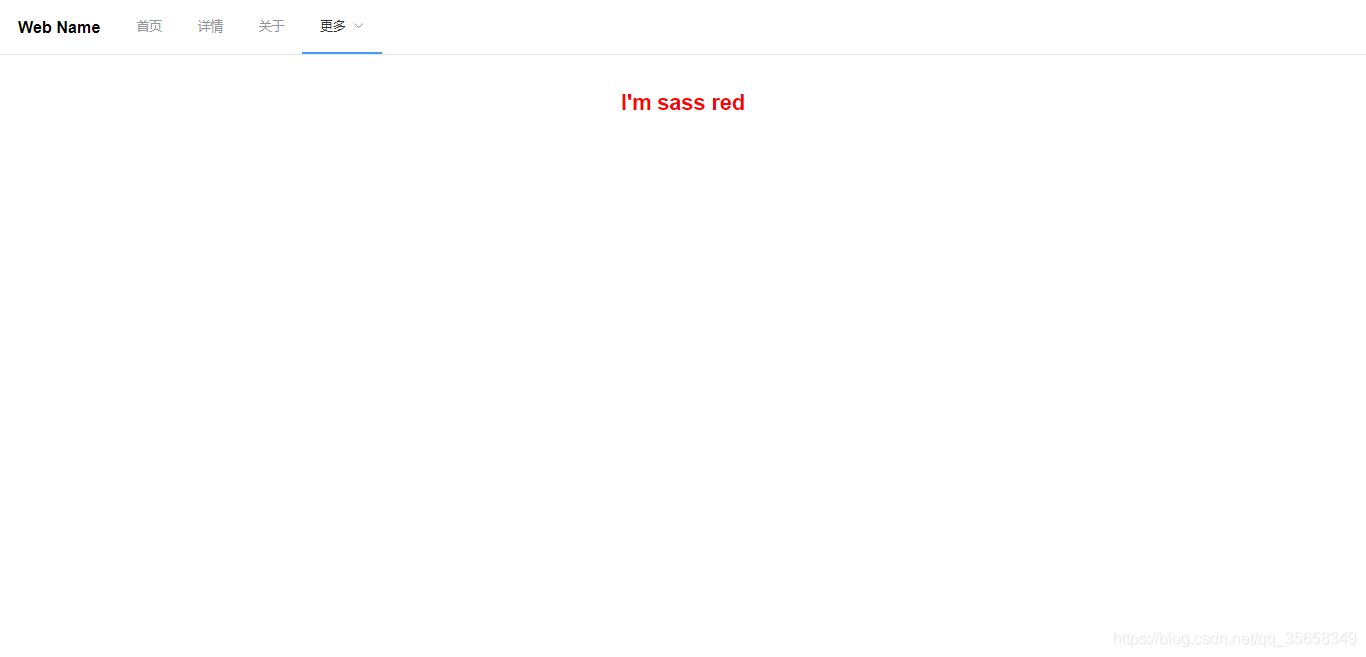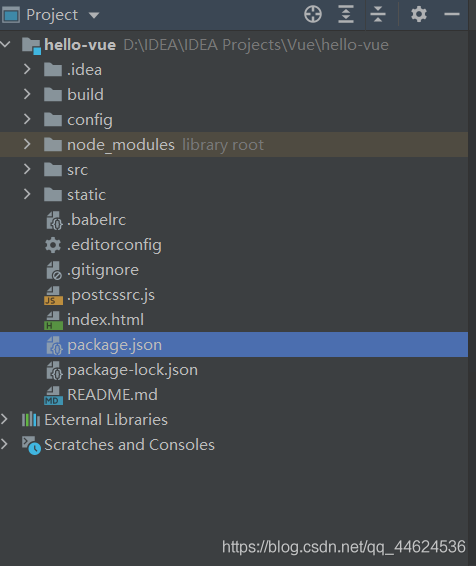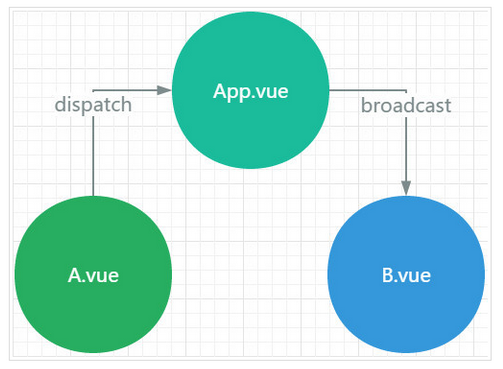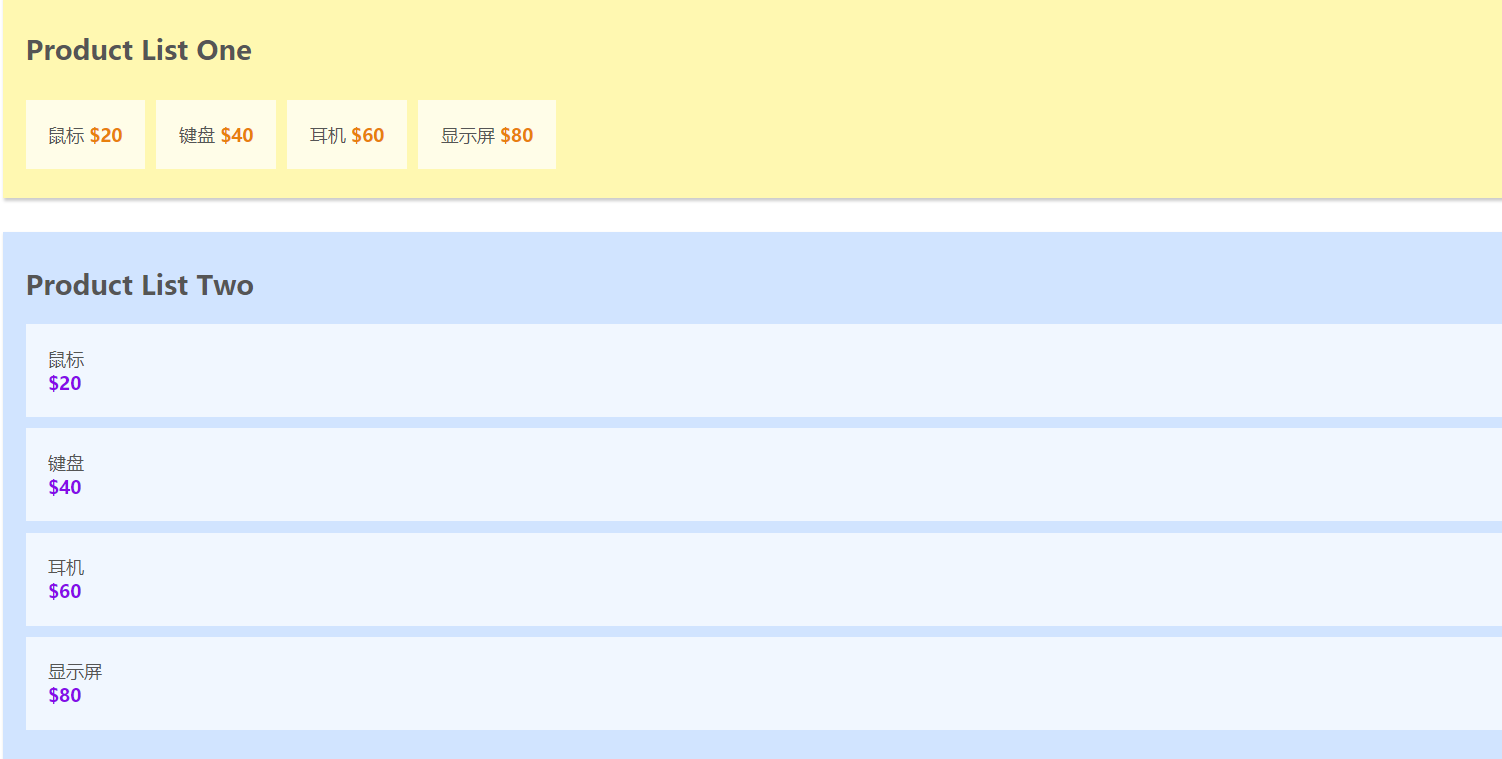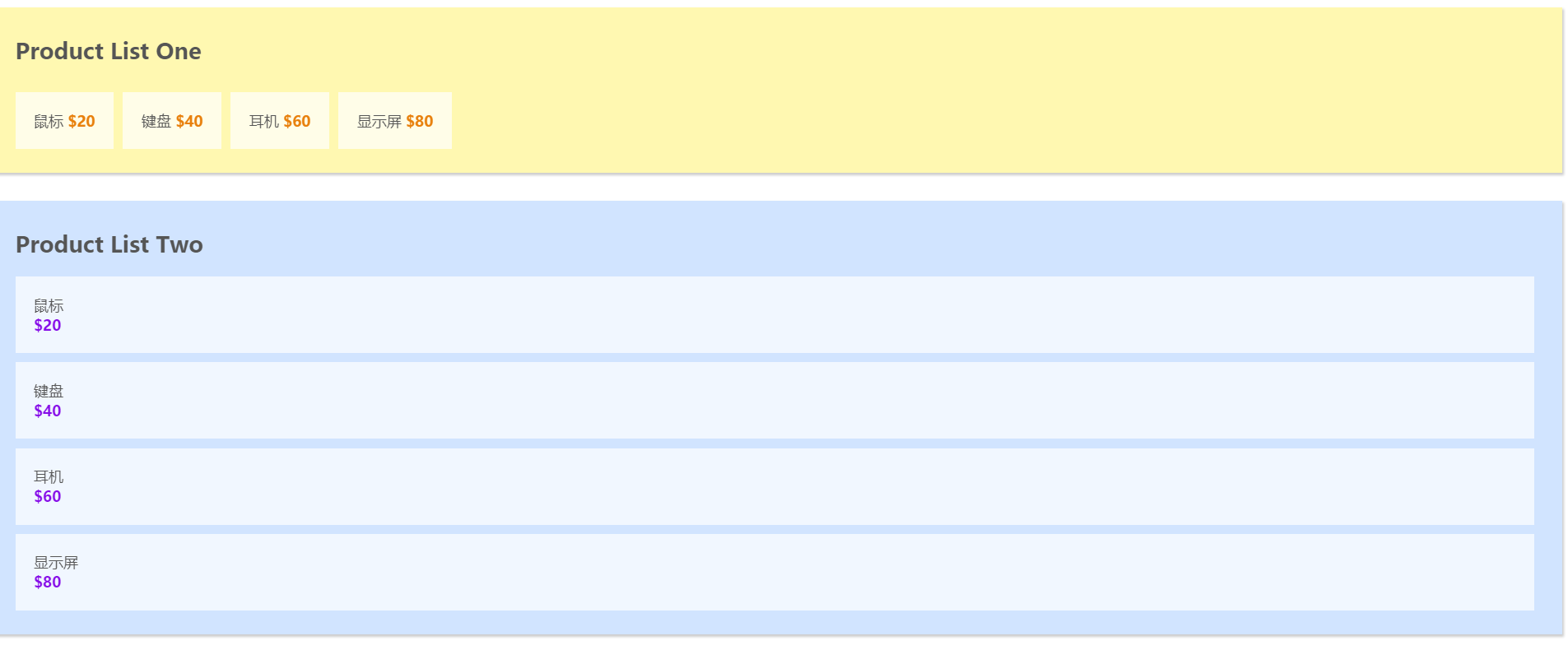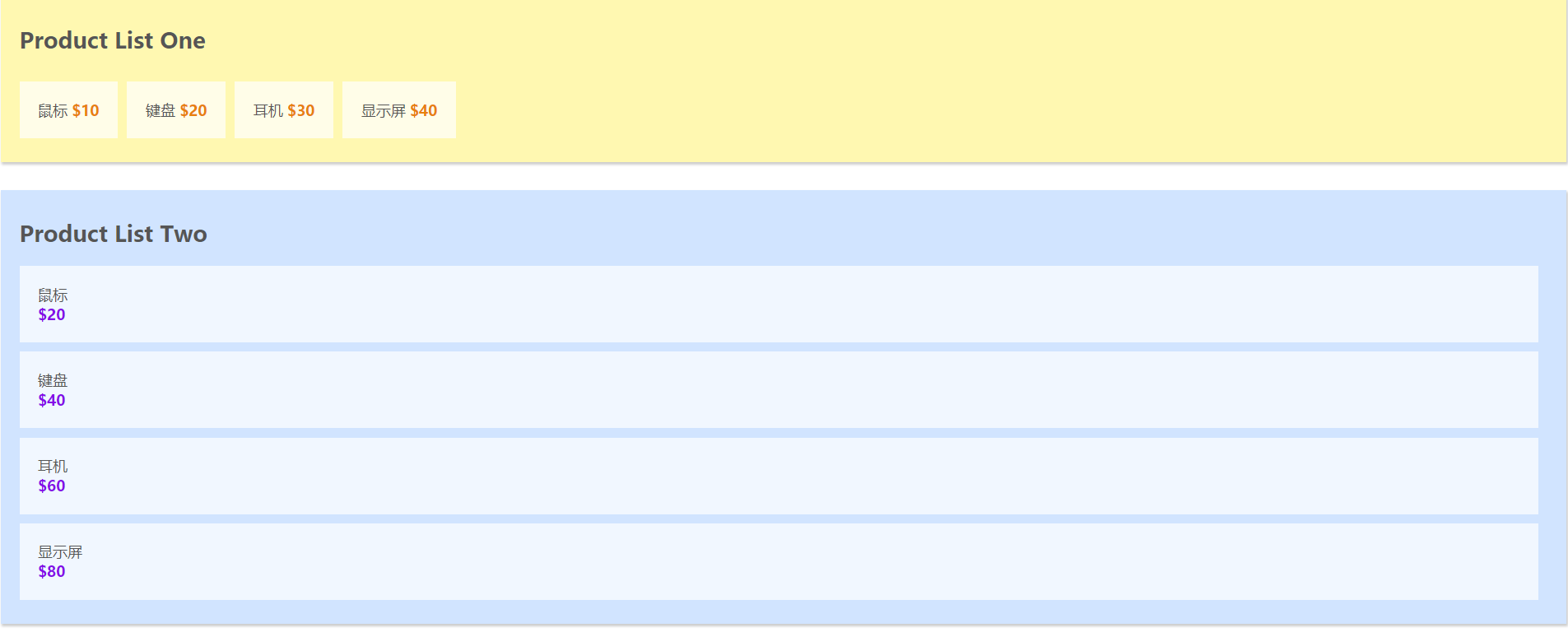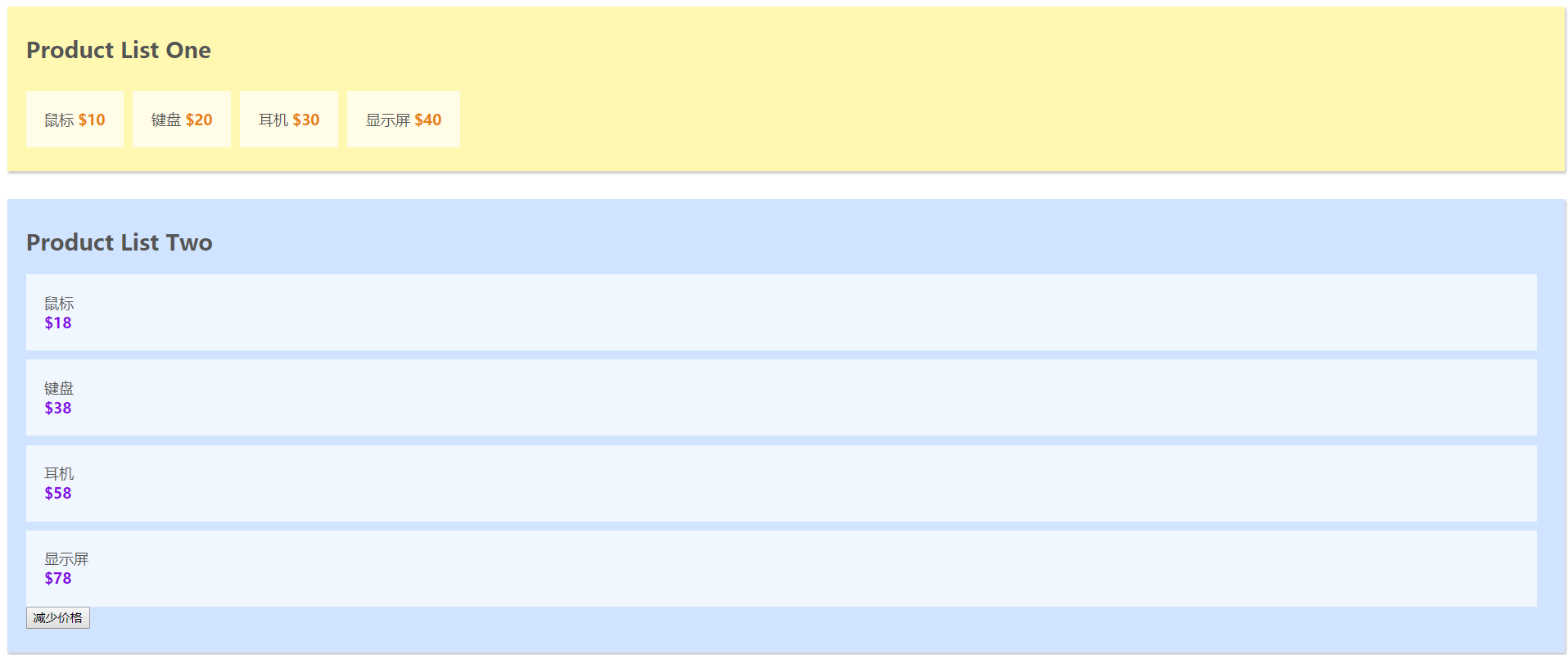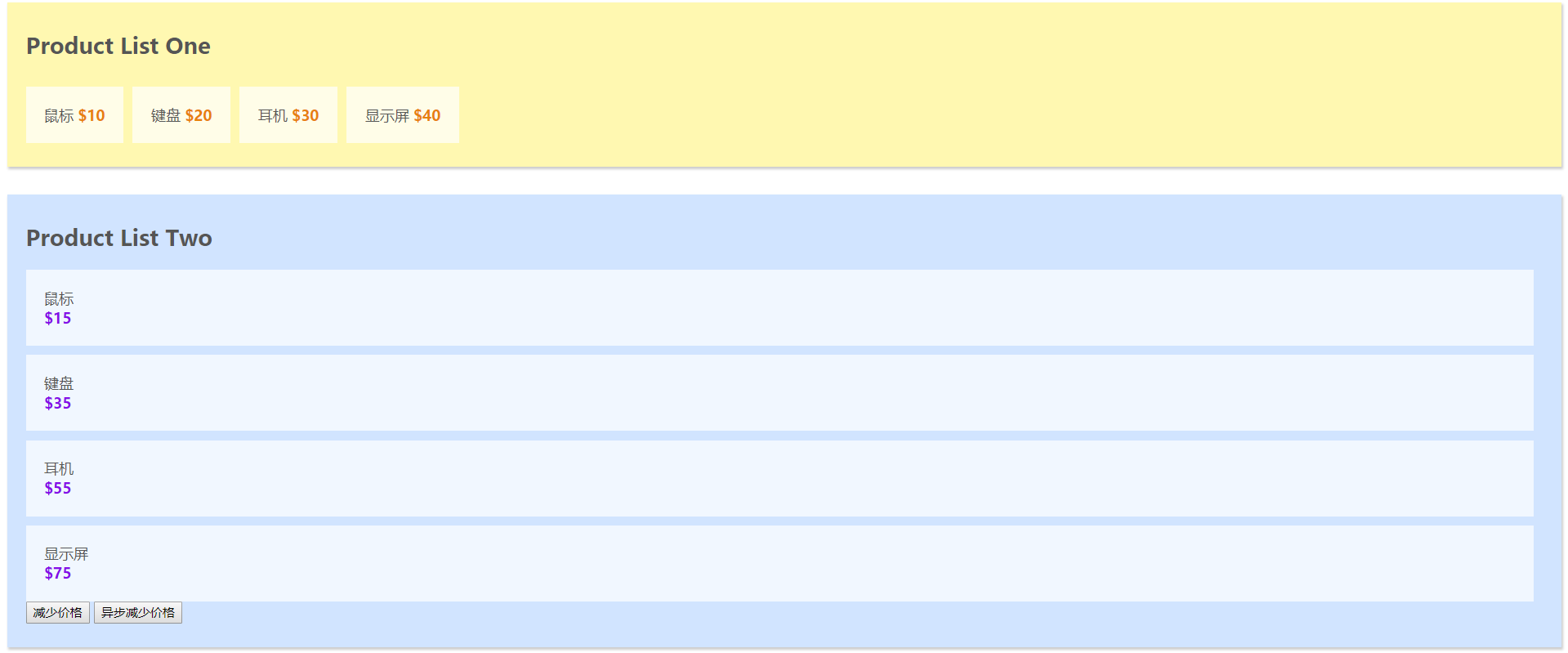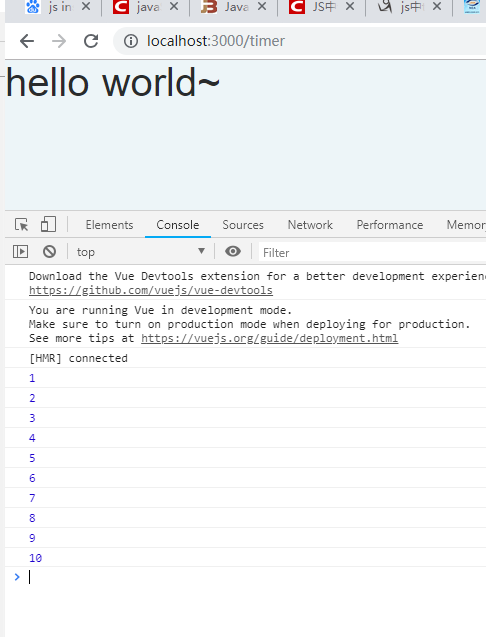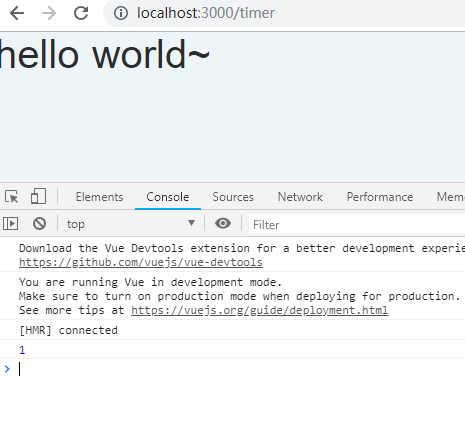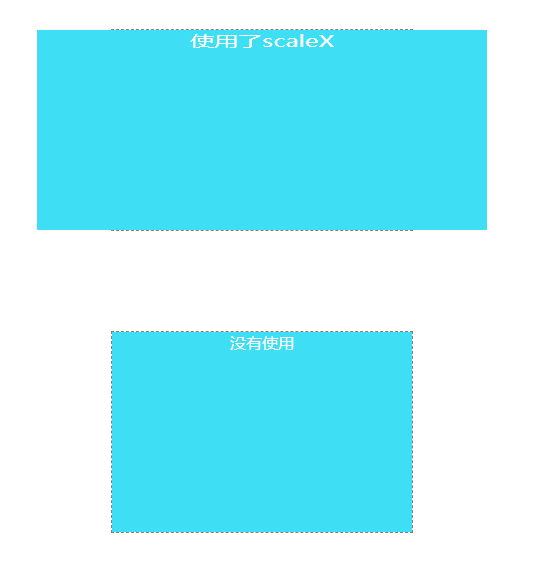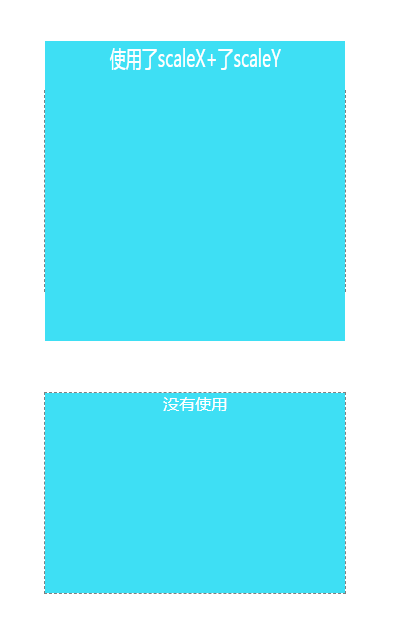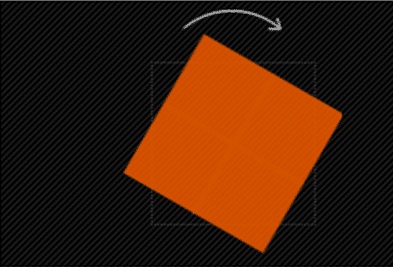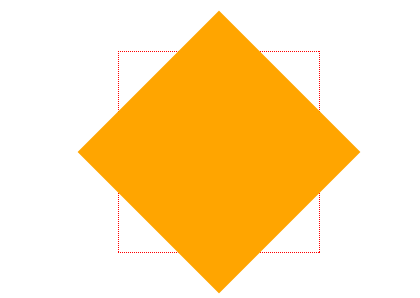一. 什么是Vuex?
Vuex是一个专门为Vue.js应用程序开发的状态管理模式, 它采用集中式存储管理所有组件的公共状态, 并以相应的规则保证状态以一种可预测的方式发生变化.
Vuex核心
上图中绿色虚线包裹起来的部分就是Vuex的核心, state中保存的就是公共状态, 改变state的唯一方式就是通过mutations进行更改. 可能你现在看这张图有点不明白, 等经过本文的解释和案例演示, 再回来看这张图, 相信你会有更好的理解.
二. 为什么要使用Vuex?
试想这样的场景, 比如一个Vue的根实例下面有一个根组件名为App.vue, 它下面有两个子组件A.vue和B.vue, App.vue想要与A.vue或者B.vue通讯可以通过props传值的方式, 但是如果A.vue和B.vue之间的通讯就很麻烦了, 他们需要共有的父组件通过自定义事件 进行实现, A组件想要和B组件通讯往往是这样的:
组件通讯
A组件说: "报告老大, 能否帮我托个信给小弟B" => dispatch一个事件给App
App老大说: "包在我身上, 它需要监听A组件的dispatch的时间, 同时需要broadcast一个事件给B组件"
B小弟说: "信息已收到", 它需要on监听App组件分发的事件
这只是一条通讯路径, 如果父组件下有多个子组件, 子组件之间通讯的路径就会变的很繁琐, 父组件需要监听大量的事件, 还需要负责分发给不同的子组件, 很显然这并不是我们想要的组件化的开发体验.
Vuex就是为了解决这一问题出现的
三.如何引入Vuex?
下载vuex: npm install vuex --save
在main.js添加:
import Vuex from 'vuex' Vue. use ( Vuex ) ; const store = new Vuex. Store ( { } ) new Vue ( { el: '#app' , store, render : h => h ( App) } )
四. Vuex的核心概念?
在介绍Vuex的核心概念之前, 我使用vue-cli初始化了一个demo, 准备以代码的形式来说明Vuex的核心概念, 大家可以在github上的master分支 进行下载.这个demo分别有两个组件ProductListOne.vue和ProductListTwo.vue, 在App.vue的datat中保存着共有的商品列表, 代码和初始化的效果如下图所示:
初始化效果
< template> < div id= "app" > < product- list- one v- bind: products= "products" > < / product- list- one> < product- list- two v- bind: products= "products" > < / product- list- two> < / div> < / template> < script> import ProductListOne from './components/ProductListOne.vue' import ProductListTwo from './components/ProductListTwo.vue' export default { name: 'app' , components: { 'product-list-one' : ProductListOne, 'product-list-two' : ProductListTwo } , data ( ) { return { products: [ { name: '鼠标' , price: 20 } , { name: '键盘' , price: 40 } , { name: '耳机' , price: 60 } , { name: '显示屏' , price: 80 } ] } } } < / script> < style> body{ font- family: Ubuntu; color: #555 ; } < / style>
< template> < div id= "product-list-one" > < h2> Product List One< / h2> < ul> < li v- for = "product in products" > < span class = "name" > { { product. name } } < / span> < span class = "price" > ${ { product. price } } < / span> < / li> < / ul> < / div> < / template> < script> export default { props: [ 'products' ] , data ( ) { return { } } } < / script> < style scoped> #product- list- one{ background: #FFF8B1 ; box- shadow: 1 px 2 px 3 px rgba ( 0 , 0 , 0 , 0.2 ) ; margin- bottom: 30 px; padding: 10 px 20 px; } #product- list- one ul{ padding: 0 ; } #product- list- one li{ display: inline- block; margin- right: 10 px; margin- top: 10 px; padding: 20 px; background: rgba ( 255 , 255 , 255 , 0.7 ) ; } . price{ font- weight: bold; color: #E8800C ; } < / style>
< template> < div id= "product-list-two" > < h2> Product List Two< / h2> < ul> < li v- for = "product in products" > < span class = "name" > { { product. name } } < / span> < span class = "price" > ${ { product. price } } < / span> < / li> < / ul> < / div> < / template> < script> export default { props: [ 'products' ] , data ( ) { return { } } } < / script> < style scoped> #product- list- two{ background: #D1E4FF ; box- shadow: 1 px 2 px 3 px rgba ( 0 , 0 , 0 , 0.2 ) ; margin- bottom: 30 px; padding: 10 px 20 px; } #product- list- two ul{ padding: 0 ; list- style- type: none; } #product- list- two li{ margin- right: 10 px; margin- top: 10 px; padding: 20 px; background: rgba ( 255 , 255 , 255 , 0.7 ) ; } . price{ font- weight: bold; color: #860 CE8; display: block; } < / style>
核心概念1: State
state就是Vuex中的公共的状态, 我是将state看作是所有组件的data, 用于保存所有组件的公共数据.
此时我们就可以把App.vue中的两个组件共同使用的data抽离出来, 放到state中,代码如下:
import Vue from 'vue' import App from './App.vue' import Vuex from 'vuex' Vue. use ( Vuex ) const store = new Vuex. Store ( { state: { products: [ { name: '鼠标' , price: 20 } , { name: '键盘' , price: 40 } , { name: '耳机' , price: 60 } , { name: '显示屏' , price: 80 } ] } } ) new Vue ( { el: '#app' , store, render : h => h ( App) } )
此时,ProductListOne.vue和ProductListTwo.vue也需要做相应的更改
export default { data ( ) { return { products : this . $store. state. products } } }
export default { data ( ) { return { products: this . $store. state. products } } }
到此处的Github仓库中代码为: 分支code01
核心概念2: Getters
我将getters属性理解为所有组件的computed属性, 也就是计算属性. vuex的官方文档也是说到可以将getter理解为store的计算属性, getters的返回值会根据它的依赖被缓存起来,且只有当它的依赖值发生了改变才会被重新计算。
此时,我们可以在main.js中添加一个getters属性, 其中的saleProducts对象将state中的价格减少一半(除以2)
const store = new Vuex. Store ( { state: { products: [ { name: '鼠标' , price: 20 } , { name: '键盘' , price: 40 } , { name: '耳机' , price: 60 } , { name: '显示屏' , price: 80 } ] } , getters: { saleProducts : ( state ) => { let saleProducts = state. products. map ( product => { return { name: product. name, price: product. price / 2 } } ) return saleProducts; } } } )
将productListOne.vue中的products的值更换为this.$store.getters.saleProducts
export default { data ( ) { return { products : this . $store. getters. saleProducts } } }
现在的页面中,Product List One中的每项商品的价格都减少了一半
getters效果
到此处的Github仓库中代码为: 分支code02
核心概念3: Mutations
我将mutaions理解为store中的methods, mutations对象中保存着更改数据的回调函数,该函数名官方规定叫type, 第一个参数是state, 第二参数是payload, 也就是自定义的参数.
下面,我们在main.js中添加mutations属性,其中minusPrice这个回调函数用于将商品的价格减少payload这么多, 代码如下:
const store = new Vuex. Store ( { state: { products: [ { name: '鼠标' , price: 20 } , { name: '键盘' , price: 40 } , { name: '耳机' , price: 60 } , { name: '显示屏' , price: 80 } ] } , getters: { saleProducts : ( state ) => { let saleProducts = state. products. map ( product => { return { name: product. name, price: product. price / 2 } } ) return saleProducts; } } , mutations: { minusPrice ( state, payload ) { let newPrice = state. products. forEach ( product => { product. price -= payload } ) } } } )
在ProductListTwo.vue中添加一个按钮,为其添加一个点击事件, 给点击事件触发minusPrice方法
< template> < div id= "product-list-two" > < h2> Product List Two< / h2> < ul> < li v- for = "product in products" > < span class = "name" > { { product. name } } < / span> < span class = "price" > ${ { product. price } } < / span> < / li> < button @click= "minusPrice" > 减少价格< / button> < / ul> < / div> < / template>
在ProductListTwo.vue中注册minusPrice方法, 在该方法中commitmutations中的minusPrice这个回调函数注意:调用mutaions中回调函数, 只能使用store.commit(type, payload)
export default { data ( ) { return { products: this . $store. state. products } } , methods: { minusPrice ( ) { this . $store. commit ( 'minusPrice' , 2 ) ; } } }
添加按钮, 可以发现, Product List Two中的价格减少了2, 当然你可以自定义payload,以此自定义减少对应的价格.
mutations效果
(Product List One中的价格没有发生变化,原因是getter 监听的是map方法产生的新对象)
到此处的Github仓库中代码为: 分支code03
核心概念4: Actions
actions 类似于 mutations,不同在于:
actions提交的是mutations而不是直接变更状态
actions中可以包含异步操作, mutations中绝对不允许出现异步
actions中的回调函数的第一个参数是context, 是一个与store实例具有相同属性和方法的对象
此时,我们在store中添加actions属性, 其中minusPriceAsync采用setTimeout来模拟异步操作,延迟2s执行 该方法用于异步改变我们刚才在mutaions中定义的minusPrice
const store = new Vuex. Store ( { state: { products: [ { name: '鼠标' , price: 20 } , { name: '键盘' , price: 40 } , { name: '耳机' , price: 60 } , { name: '显示屏' , price: 80 } ] } , getters: { saleProducts : ( state ) => { let saleProducts = state. products. map ( product => { return { name: product. name, price: product. price / 2 } } ) return saleProducts; } } , mutations: { minusPrice ( state, payload ) { let newPrice = state. products. forEach ( product => { product. price -= payload } ) } } , actions: { minusPriceAsync ( context, payload ) { setTimeout ( ( ) => { context. commit ( 'minusPrice' , payload ) ; } , 2000 ) } } } )
在ProductListTwo.vue中添加一个按钮,为其添加一个点击事件, 给点击事件触发minusPriceAsync方法
< template> < div id= "product-list-two" > < h2> Product List Two< / h2> < ul> < li v- for = "product in products" > < span class = "name" > { { product. name } } < / span> < span class = "price" > ${ { product. price } } < / span> < / li> < button @click= "minusPrice" > 减少价格< / button> < button @click= "minusPriceAsync" > 异步减少价格< / button> < / ul> < / div> < / template>
在ProductListTwo.vue中注册minusPriceAsync方法, 在该方法中dispatchactions中的minusPriceAsync这个回调函数
export default { data ( ) { return { products: this . $store. state. products } } , methods: { minusPrice ( ) { this . $store. commit ( 'minusPrice' , 2 ) ; } , minusPriceAsync ( ) { this . $store. dispatch ( 'minusPriceAsync' , 5 ) ; } } }
到此处的Github仓库中代码为: 分支code04
核心概念5: Modules
由于使用单一状态树,应用的所有状态会集中到一个比较大的对象。当应用变得非常复杂时,store 对象就有可能变得相当臃肿。为了解决以上问题,Vuex 允许我们将 store 分割成模块(module)。每个模块拥有自己的 state、mutation、action、getter、甚至是嵌套子模块——从上至下进行同样方式的分割
const moduleA = { state: { ... } , mutations: { ... } , actions: { ... } , getters: { ... } } const moduleB = { state: { ... } , mutations: { ... } , actions: { ... } } const store = new Vuex. Store ( { modules: { a: moduleA, b: moduleB } } ) store. state. a store. state. b
